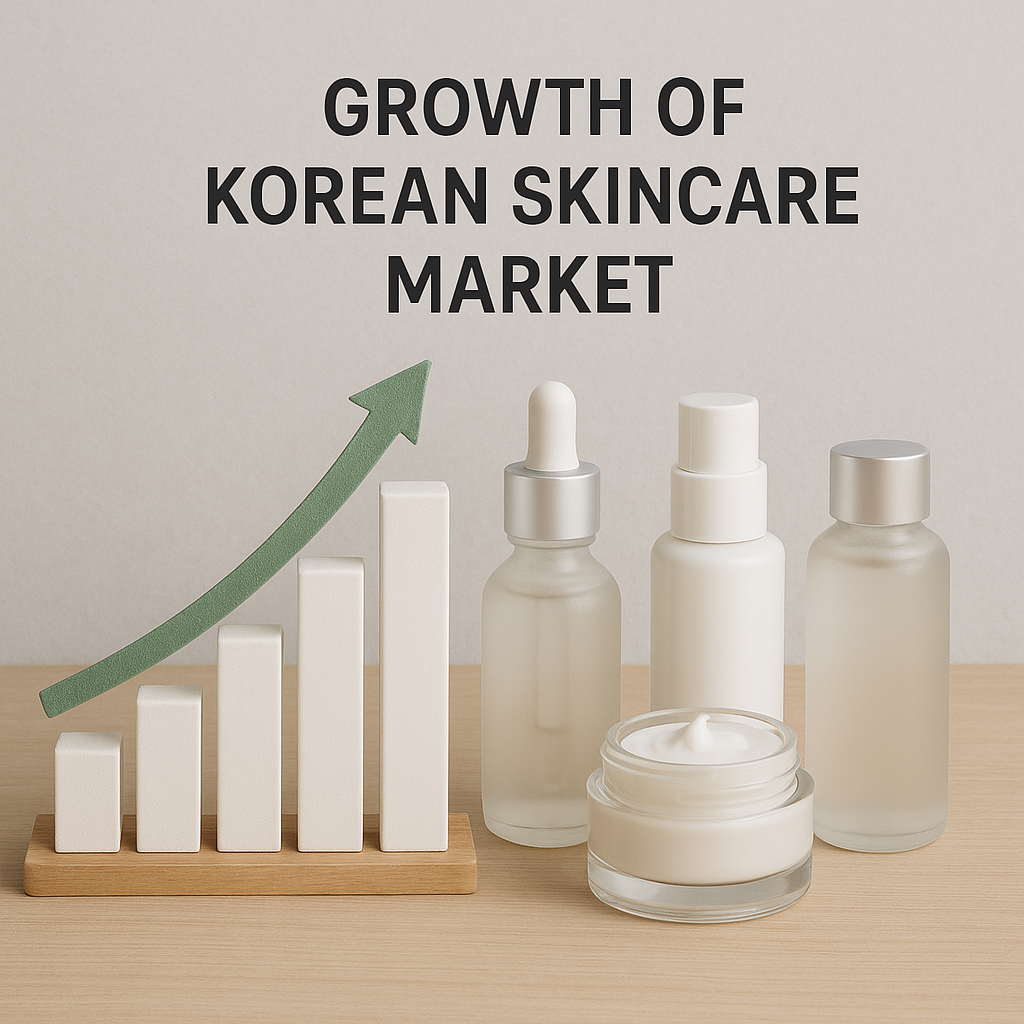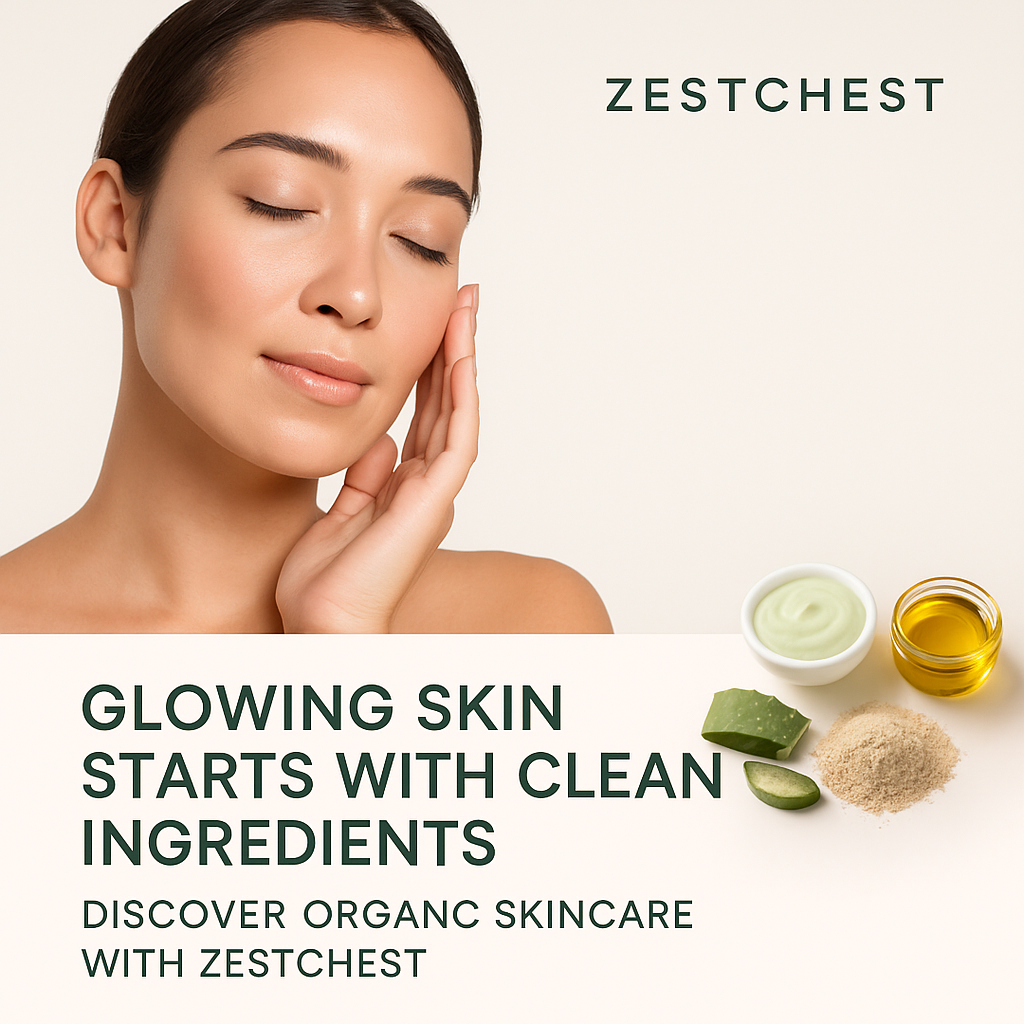
The History of Korean Skincare: How K-Beauty Revolutionized the Global Skincare Industry
Korean skincare, or K-beauty, has become more than a trend—it’s a movement. What started centuries ago as a cultural and medicinal approach to healthy skin has grown into a global industry worth billions. With innovative ingredients, science-backed routines, and visually stunning packaging, Korean skincare products have taken over the shelves of beauty stores worldwide.
But how did it all begin? And why is K-beauty still dominating in 2025? Let’s dive into the fascinating history of Korean skincare, explore the origins of the K-beauty revolution, and uncover what makes this beauty phenomenon so enduring.
Ancient Roots: The Birthplace of Korean Skincare
The history of Korean skincare traces back over 2,000 years to the Three Kingdoms era (57 BCE – 668 CE), when beauty and wellness were intertwined with health and spirituality. Skincare wasn’t about appearance alone—it was about balance, harmony, and holistic well-being.
Women (and men) across ancient Korea used natural ingredients like green tea, rice water, mung beans, and ginseng to cleanse and nourish their skin. These herbal remedies were passed down through generations, laying the foundation for what we now call traditional Korean skincare.
Even Korean royalty was known for their glowing skin. Historical records mention Empress Myeongseong using safflower oil and camellia to maintain a smooth, radiant complexion. Clearly, skincare was a part of everyday life—not a luxury, but a ritual.
The Korean Skincare Revolution: Post-War to Pop Culture
The turning point came in the 1960s and 70s, when South Korea began rebuilding after the Korean War. This era marked the beginning of the modern Korean beauty industry, as brands started merging traditional herbal knowledge with modern dermatology.
By the 1990s, brands like Amorepacific, Sulwhasoo, and Laneige were becoming household names. Korean cosmetics were no longer just about herbal balms—they were about scientifically advanced skincare solutions.
However, it was the early 2010s that truly ignited the K-beauty revolution. With the rise of K-pop and Korean dramas (the global Hallyu Wave), beauty enthusiasts worldwide began turning their attention to South Korea—not just for entertainment, but for skincare inspiration.
The Global Boom: Why Korean Skincare Took Over the World
When Korean skincare entered Western markets, it brought with it a fresh perspective—one that focused on hydration, prevention, and nourishment. Harsh, quick fixes were out. Gentle, skin-loving care was in.
One of the defining pillars of this shift was the famous 10-step Korean skincare routine. Though not everyone follows all 10 steps daily, the routine includes:
- Oil Cleanser
- Foam Cleanser
- Exfoliator
- Toner
- Essence
- Serum or Ampoule
- Sheet Mask
- Eye Cream
- Moisturizer
- Sunscreen
This layering method promotes long-term skin health and a natural, dewy glow—known in Korea as the coveted “glass skin”.
Ingredient Innovation: The Secret Behind K-Beauty’s Success
One of the biggest reasons behind the popularity of Korean skincare is its use of innovative, skin-friendly ingredients. Korean skincare products often include:
- Snail mucin (for hydration and repair)
- Centella Asiatica (Cica) (for soothing sensitive skin)
- Fermented ingredients (for boosting skin elasticity)
- Propolis (for anti-inflammatory benefits)
- Mugwort and ginseng (for brightening and anti-aging)
Korean brands are known for prioritizing natural, effective, and gentle formulations, making them perfect for sensitive and acne-prone skin types.
2025 and Beyond: Why Korean Skincare Still Dominates
Fast forward to 2025, and K-beauty is still a major player in the global skincare game. South Korea is one of the world’s top beauty exporters, with Korean skincare products lining shelves in Sephora, Ulta, and even drugstores.
Here’s why the Korean skincare industry continues to thrive:
- Relentless innovation: Korean brands are constantly launching new textures, ingredients, and delivery systems (like toner pads and jelly cleansers).
- Affordability and quality: You don’t have to spend a fortune to get high-performance skincare.
- Personalized routines: Korean skincare encourages people to listen to their skin and build a routine that works for them—not follow a one-size-fits-all approach.
- Strong online presence: TikTok, YouTube, and influencers have made K-beauty viral, driving demand globally.
K-beauty isn’t just riding a wave—it created the wave.
Korean Skincare Is Here to Stay
From ancient herbal formulas to today’s viral serum drops, the evolution of Korean skincare is a story of culture, innovation, and global impact. It’s not just a beauty trend—it’s a philosophy that celebrates consistency, care, and confidence.
Whether you’re new to K-beauty or a longtime fan, one thing is certain: Korean skincare is not a passing fad—it’s the future of beauty.

